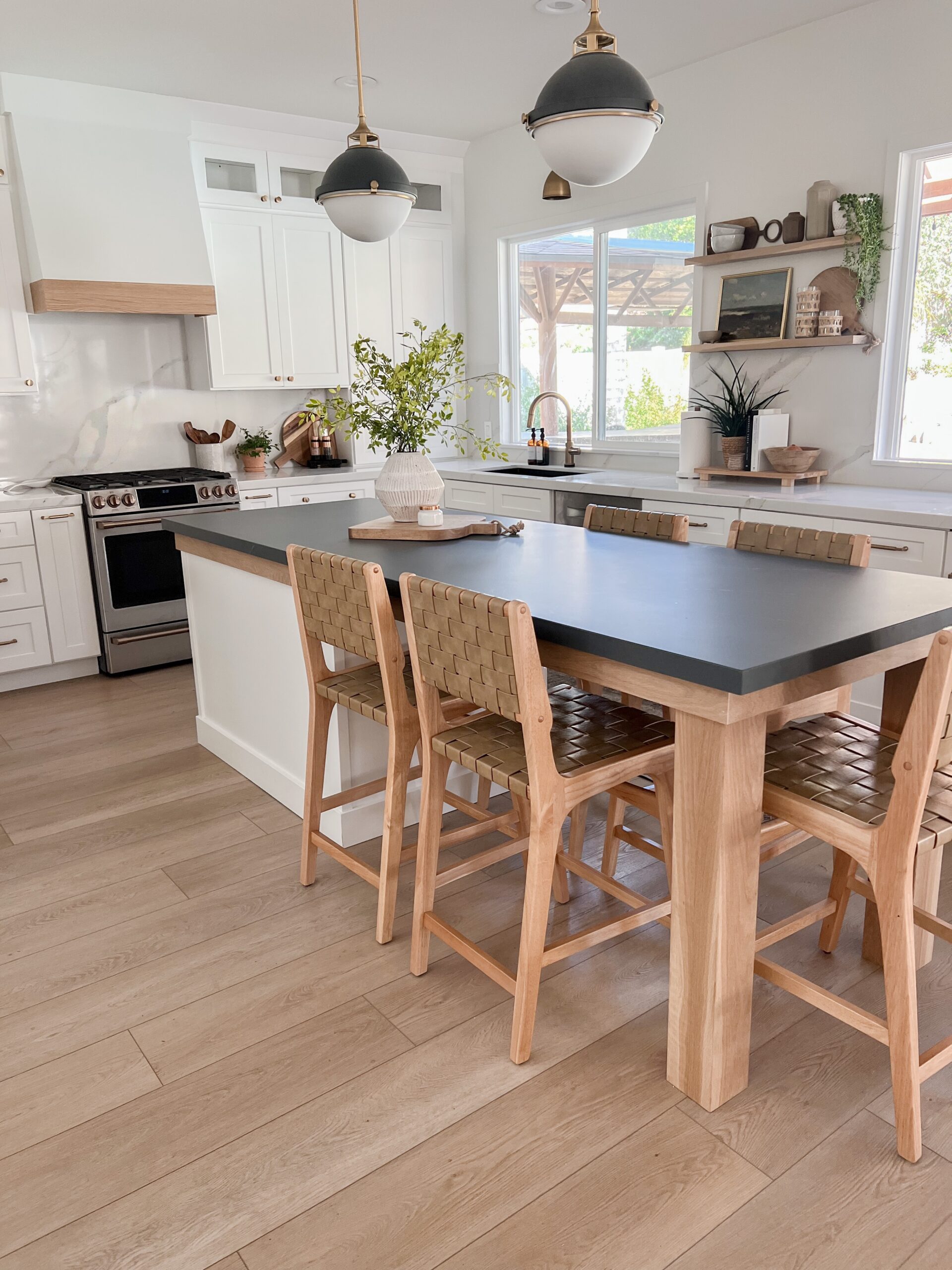A Guide to Picking the Perfect Legs For Kitchen Island for Your Home
Selecting the ideal legs for your kitchen island is a nuanced decision that impacts both the capability and visual allure of this central space. As you take into consideration these components, it comes to be apparent that the best legs can change not just the look of your kitchen area however also its functionality for years to come.

Recognizing Kitchen Island Legs
When selecting legs for a kitchen area island, it's necessary to understand their visual and functional roles in the general layout. The legs offer as a crucial support system, ensuring security and toughness for the island, which typically functions as a work area, eating location, or gathering area. Therefore, the selection of product and building and construction method should be durable adequate to hold up against day-to-day usage and prospective wear.
In enhancement to their architectural obligations, legs contribute dramatically to the island's visual charm. They can boost the kitchen's style, whether with conventional, modern, or diverse styles. The height and proportion of the legs are likewise important factors to consider; they need to harmonize with the island's counter top elevation while ensuring comfy seating for those utilizing the room.
Moreover, the leg style can affect the general circulation of the cooking area. Open, airy leg styles can create a sense of agility, while strong, considerable legs might communicate a much more based and steady visual - Legs For Kitchen Island. Recognizing these functional and visual aspects will direct homeowners in making educated choices that match their cooking area's style and enhance its functionality
Popular Styles and Products
The choice of legs for a cooking area island includes a selection of popular designs and materials, each offering distinct qualities that can boost both performance and aesthetic appeals. Among one of the most popular styles are modern, rustic, and typical. Contemporary legs typically feature streamlined, minimalist styles that stress simpleness and tidy lines, making them excellent for modern kitchens. Rustic styles, on the various other hand, embrace natural components and frequently display recovered wood or distressed surfaces, including heat and beauty to the area. Conventional legs commonly show luxuriant details and workmanship, improving traditional cooking area layouts.

Height and Stability Factors To Consider

Stability is one more essential factor to consider. The legs of the cooking area island ought to offer sufficient support, guaranteeing that the framework can stand up to day-to-day usage without tottering or changing. Product choice plays a considerable duty in stability; metal legs, as an example, tend to supply higher stamina compared to timber. Additionally, guaranteeing that the island is firmly anchored to the floor or wall surface can boost security, particularly for larger islands that might birth substantial weight.
Matching Your Kitchen Visual
Selecting the appropriate legs for your kitchen island surpasses capability; it additionally plays a substantial function in the general visual of the space. When picking legs, take into consideration the layout style of your cooking area. For a modern look, sleek steel or minimal layouts can develop a clean, modern-day vibe. On the various other hand, rustic or standard kitchens usually profit from wood legs with complex detailing or a troubled finish, enhancing warmth and personality.
Legs that enhance or comparison with your island's surface and bordering cabinets can create visual harmony or striking focal factors. Additionally, think about the coating of the legs; matte, go glossy, or distinctive coatings can significantly impact the total feeling of the kitchen area.
Installment and Upkeep Tips
Installing kitchen area island legs needs cautious focus to detail to ensure both stability and aesthetic appeal. Begin by choosing an appropriate location for your island, ensuring it is level and has adequate room for motion. If you are affixing the legs to a wall surface or utilizing brackets for added assistance, make use of a stud finder to locate wall surface studs. Mark the placement of view website the legs properly before drilling.
When securing the legs, make use of top quality screws and, if required, wood glue for additional stamina. For metal legs, make sure that you are making use of ideal anchors and tools to avoid damage to your floor covering. It is advisable to look for levelness after setup, making changes as required to avoid wobbling.
Maintenance is similarly essential for long life - Legs For Kitchen Island. Consistently inspect the legs for any kind of indicators of wear or helping to loosen, particularly in high-traffic locations. Clean the legs with a suitable cleaner, staying clear of unpleasant products that may scrape the surface area. For wood legs, take into consideration applying a wood conditioner periodically to keep their surface. By adhering to these installation and maintenance suggestions, you can ensure that your cooking area island legs remain both aesthetically appealing and useful.
Conclusion
In final thought, picking the ideal legs for a kitchen area island requires mindful factor to consider of height, stability, and aesthetic compatibility. Eventually, thoughtful leg selection plays a critical function in raising both the usefulness and style of the cooking area space.
When selecting legs for a cooking area island, it's necessary to understand their visual and functional duties in the general design. Open, ventilated leg styles can create a feeling of agility, while strong, substantial legs may share a more grounded and stable visual. The legs of the kitchen area island should give adequate support, guaranteeing that the structure can withstand day-to-day usage without shifting or tottering.Installing cooking area island legs calls for careful interest to detail to make sure both security and aesthetic charm.In verdict, selecting the suitable legs for a cooking area island necessitates careful consideration of elevation, security, and visual compatibility.